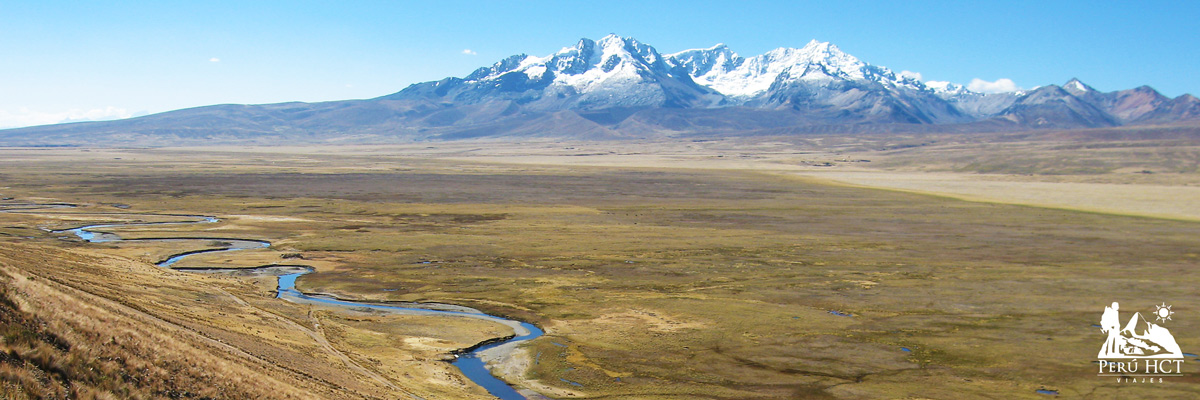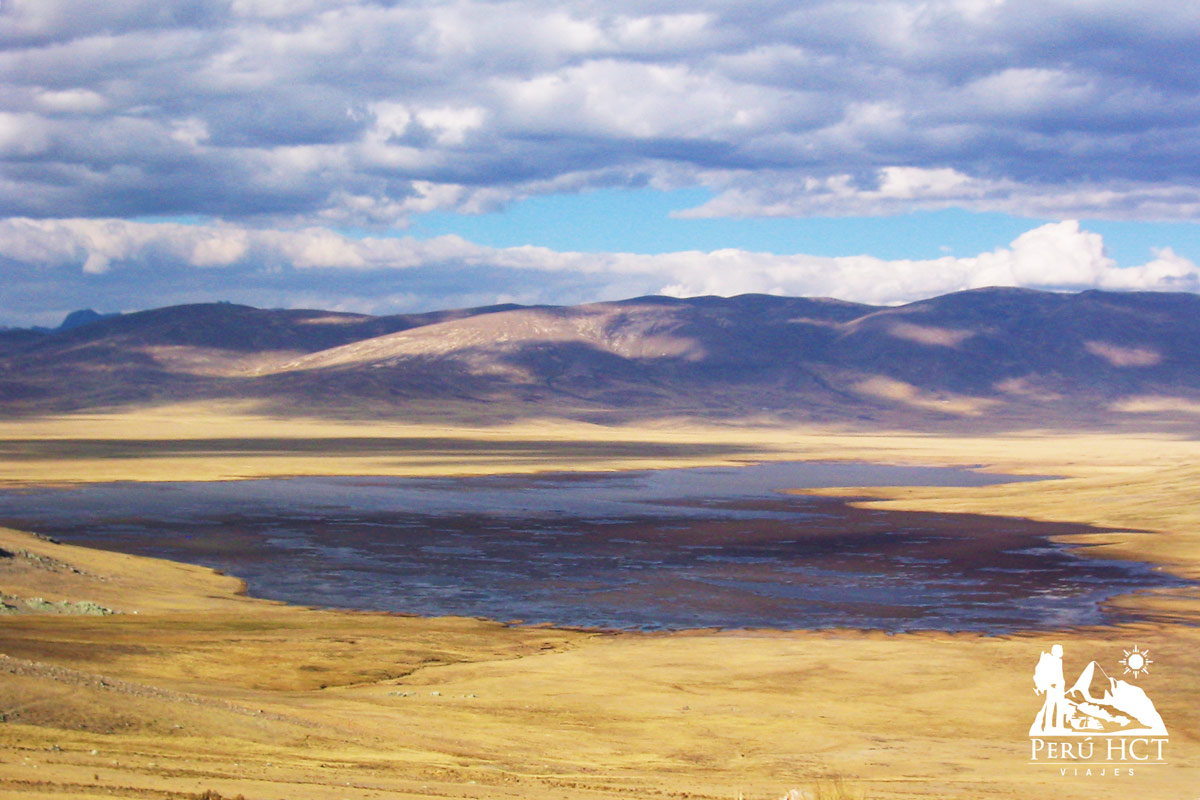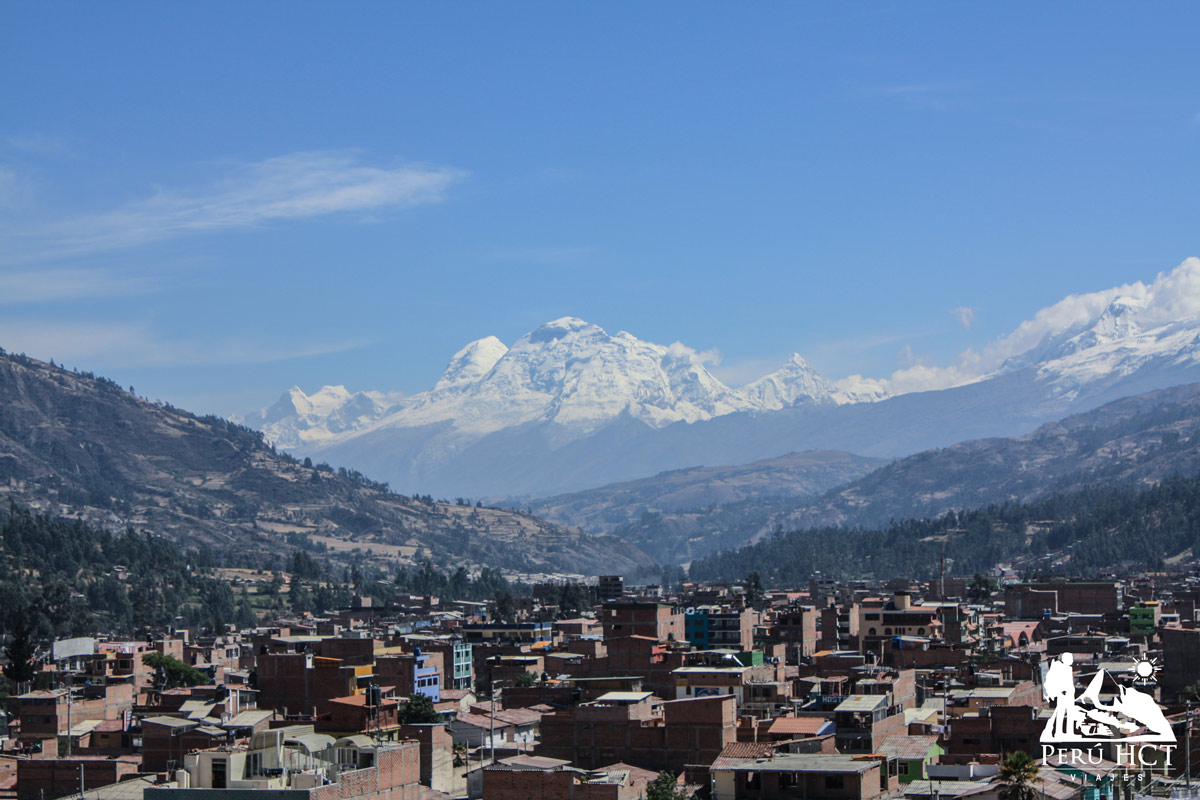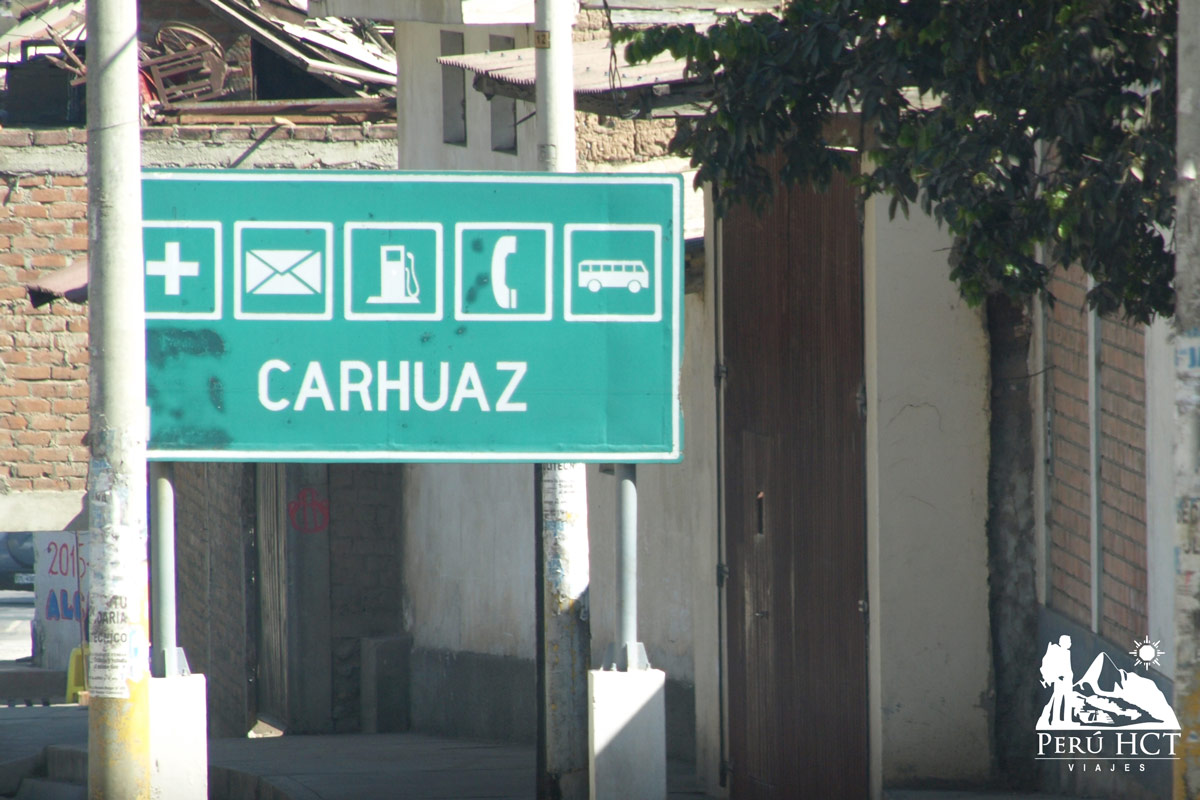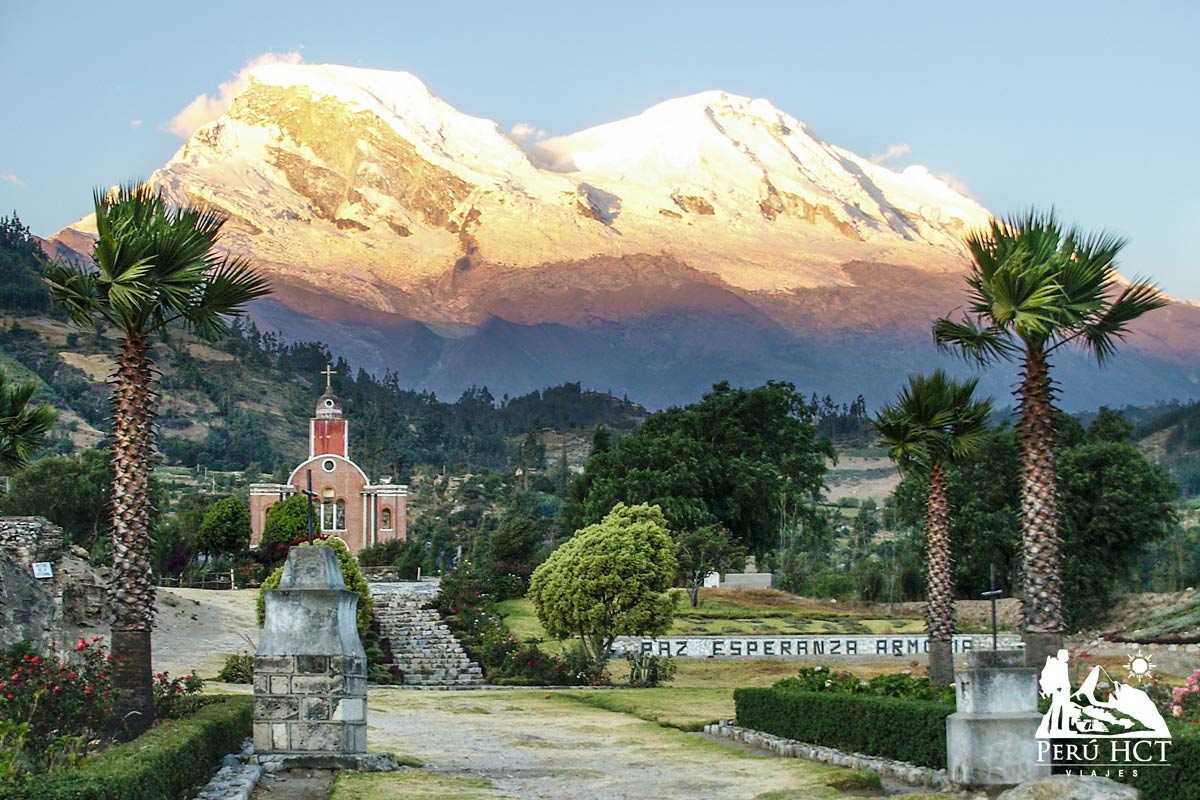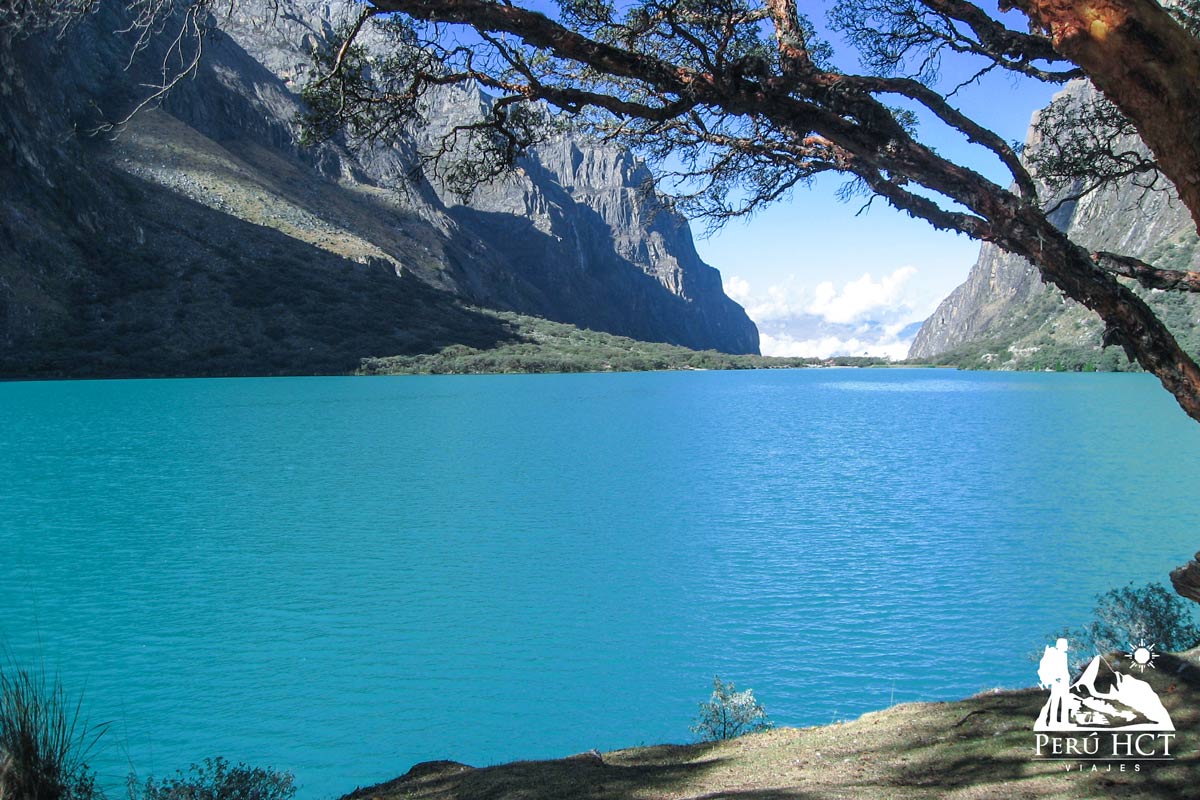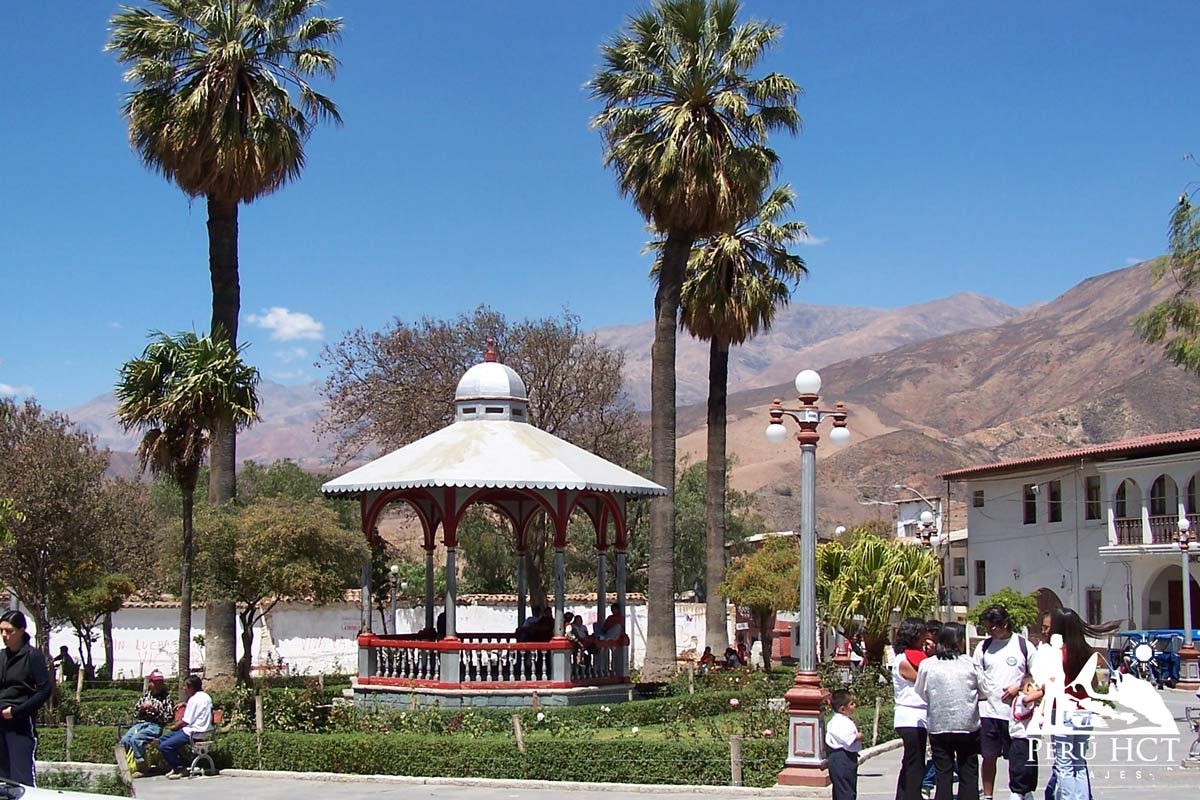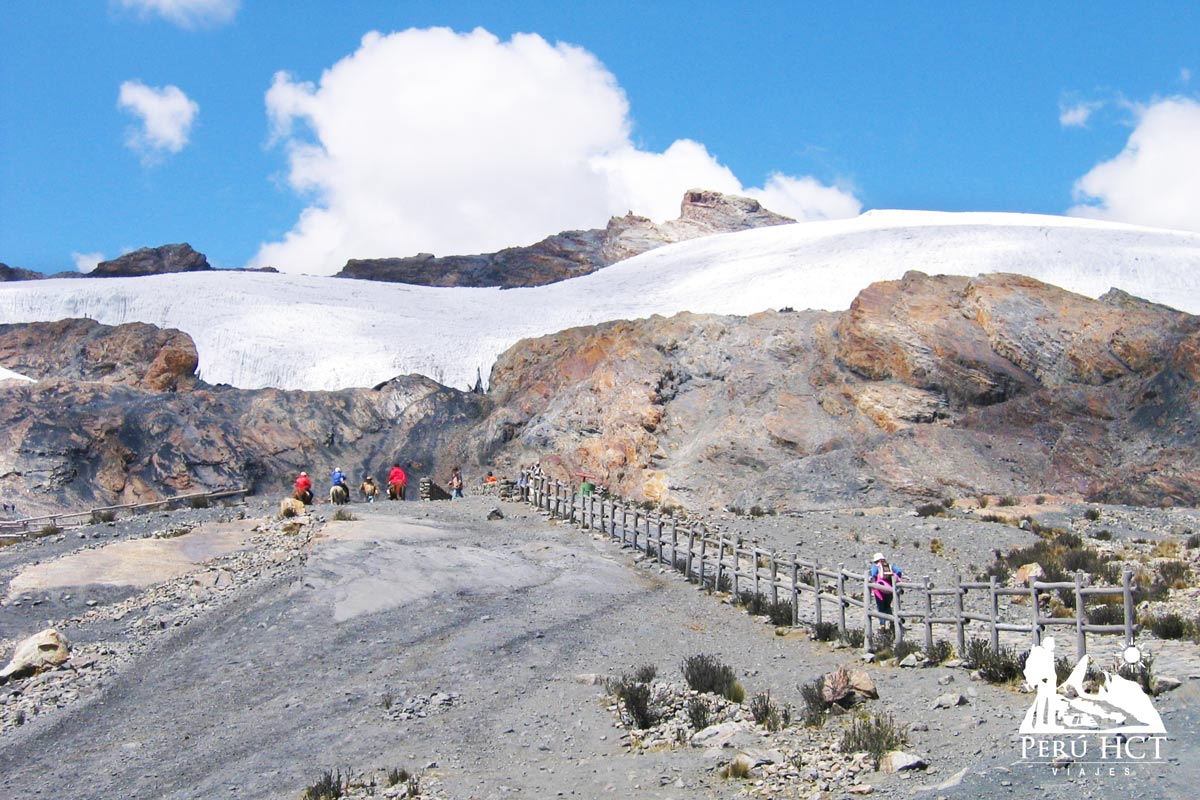The Alley of Huaylas
• • •
Located in the department of Ancash, in the central highlands of Peru, the valley of the Alley of Huaylas (Callejón de Huaylas) extends along a monumental natural passageway, cornered between the Cordillera Blanca and the Cordillera Negra, with the Santa River in the center, bringing life to the different towns in the area; a paradise divided with an impressive natural balance.
If you want to live the best experience in the Callejón de Huaylas, stay reading because today I bring you the points that you can not miss on your next trip.
LAKE CONOCOCHA
The most common way to travel to Huaraz is by land, either on a bus or in a private vehicle. Thus, from the coast begins the ascent by a winding road, crossing beautiful landscapes and appreciating the difference of flora and fauna as the altitude increases.
The ascent culminates in the well-known Conococha lake (4,050 masl), a large spring rich in aquatic life. Conococha has been reduced in size and has lost its old form, which for many creatives was very similar to the map of Peru. In this lagoon you will be able to appreciate the birth of the Santa River, who will accompany you throughout your journey through the Callejón de Huaylas.
If you are traveling by bus you can appreciate this lagoon from the window, surrounded by wide fields (traveling from south to north is on the right side). If you are traveling by private transport, you can stop for a moment to enjoy the area.
RECUAY
This is the first city on the road, after having passed through the small town of Cátac (from where the roads begin towards the Pastoruri peak and towards the Archaeological Complex of Chavín).
Recuay, a historic place that still maintains the essence of the beautiful Andean town that it was, is now considered a city although it is not large. This city is located in the province of Recuay, where the nucleus of the ancestral culture Recuay (200 a.C) was focused. You can see replicas of the monoliths of the Recuay culture in the main avenue of Huaraz (Av. Luzuriaga), as well as original monoliths in the Archaeological Museum of Ancash, also in Huaraz.
Traveling from south to north you will appreciate the city of Recuay on your right (although the city is also extending to the left margin of the road).
HUARAZ
This is the largest and most important city (economically and politically) of the Callejón de Huaylas, located at 3,050 meters above sea level. Here you can find most important services, such as banks, hospitals, clinics, repair services, various stores and more. From this city depart all the tours of the area, both conventional and adventure.
It is in Huaraz where the majority of tourists stay, although there are lodgings along the Callejon de Huaylas.
Life in Huaraz is quiet, during the day you can take the opportunity to taste the delicious cuisine of the area in a regional restaurant, there is a wide variety of typical dishes; the most popular is ceviche de chocho or tarwi (similar to a bean), served as a kind of salad with tomato and onion, there are places where they only specialize in this preparation, called “Chocherías”; You can also find spicy guinea pig, an ancestral pachamanca, andean ham (jamón serrano huaracino) and a variety of soups such as the Llunca of chicken. Do not forget to try a delicious raspadilla (crushed ice with syrup) in the plaza de armas or near the church of solitude, taking advantage of the afternoon sun, watching the imposing Huascarán snow in the distance.
You can walk along the main avenue of Huaraz, Luzuriaga Avenue, get to know the Plaza de Armas, the plazuela de Belén, walk up the steep José de Sucre avenue to the Señor de la Soledad Church, visit the journalist’s park, the Geneva park and more. At night you can enjoy eating something hot like a handmade pizza in the different pizzerias near Luzuriaga Avenue; If you like nightlife, visit José De La Mar street, where you will find different bars and nightclubs.
Huaraz does not usually have problems of delinquency, but as in any city there is some danger at night, so you should avoid walking alone in remote places or just do not carry anything of value if you plan to leave until dawn.
The majority of tours to the Callejón de Huaylas depart from Huaraz to the north, and they make stops at the most interesting points; however, if you want to do it on your own you can take the small buses that go along the route. I recommend you take a tour for your first visit to the Callejón de Huaylas.
CARHUAZ
It is located at 2690 masl, at a distance of 40 minutes or less (by car) from the city of Huaraz, going down a road in descent, always accompanied by the Santa River.
This is a town known for its great patron saint festivities, to the point that it is usually known as “Carhuaz borrachera” (Carhuaz drunkenness). You can visit the main square and take the opportunity to try some traditional ice cream from those who sell there. You will begin to know the culture of the area, appreciating the architecture of the houses, the typical clothes, the sale of regional articles and more.
YUNGAY
This city keeps in its history the tragic earthquake of May 31, 1970, which caused the detachment of a large mass of ice from the Huascarán mountain, generating an avalanche that buried forever the ancient village of Yungay. Today we visit the place known as Campo Santo de Yungay (Saint Field of Yungay), where there are a few remains of the town that lies buried there. The place is kept as a kind of open-air museum, to remember and commemorate the losses of the tragic natural disaster.
The current city of Yungay is just over a kilometer from the place where it used to exist. From this place you take the detour of the road that leads to the Huascarán National Park.
THE HUASCARAN NATIONAL PARK
From Yungay, a winding dirt road ascends to the entrance of Huascarán National Park, located at the beginning of the Llanganuco ravine. After registering at the control post of Huascarán NP, you will continue entering the Llanganuco ravine until you reach the famous Llanganuco lake, whose real name is “Chinancocha” lake, located at 3,850 meters above sea level. This is a beautiful lake of turquoise colors, guarded by the Huandoy and Huascarán mountains. In this lake you can take fabulous photographs, rent a boat ride, taste a typical dish that the community usually sells or just sit and appreciate the wonders of nature. Continuing the road you can reach the “Orcococha” lake, a smaller lagoon but equally beautiful. Most tours do not usually visit this lake to take more time in the Chinancocha lake, which is where all the services are located.
You have already noticed that most of the names of the lakes end in “cocha”, this is because their names come from Quechua language, and in Quechua “cocha” means “lake or lagoon”, hence the names like Chinancocha, Conococha, Querococha, Orcococha, Auquiscocha, etc.
For the more adventurous, you can ask about the María Josefa Path; a very beautiful path that starts from the Chinancocha lake, crosses a large forest of quenuales and ends on the road that leads to the control post of the Huascarán National Park. The approximate duration of this walk is 1 hour and 20 minutes.
CARAZ
Following the road to the north from Yungay, always accompanied by the Santa River, we will continue descending to the city of Caraz, located at 2260 masl. The climate of this city is one of the best of the Callejón de Huaylas, due to having lower altitude than the other cities of the alley, Caraz is usually a good place for rest and acclimatization.
Caraz is known as “Caraz Dulzura” (Caraz Sweetness) due to the numerous bakeries and pastry shops in the area. You can taste a rich handmade ice cream, caramel cookies, bread filled with caramel, millefeuille, sweet donuts and more.
The tours usually have Caraz as the last point of visit, and then return to the city of Huaraz, in a trip of approximately one hour.
CHAVÍN ARCHAEOLOGICAL SITE
To visit the Archaeological Site of Chavín, we start from the city of Huaraz to the south, along the road that goes back to the coast, when we arrive at the town of Cátac, we take a detour and continue along an affirmed road, passing through the Querococha lake, until arriving at the Chavín town. The duration of the trip from Huaraz to Chavín, without counting the time of the stops, is approximately 3 hours.
In Chavín you can visit the wonderful vestiges of one of the most ancient cultures of America (900 b.C), such as the main temple, the underground chambers, the “Lanzón”, the “cabezas clavas” ans more. You can not miss the modern National Museum of Chavin, where you will find varied pieces and exciting history about this culture.
PASTORURI MOUNTAIN
The tour to the Pastoruri mountain, as well as the tour to Chavín, also starts from the city of Huaraz and moves south, to Cátac, where you take a detour to the road that leads to the snowy mountain. Along the way you can find attractions such as the Patococha lake, the gasified waters of Pumapampa, the impressive Puyas de Raimondi (the most interesting plant of the Andes) and a mural with rock art. The road ends at the mountain parking lot, from where you continue walking along a large path to the slopes of Pastoruri (approximately one hour of gentle hiking). For those who wish, the community rents horses to transport tourists to the glacier, and thus avoid walking. Once in the foothills of the glacier (approximately 5000 meters above sea level) you will be able to appreciate a frigid lagoon, large ice walls that start the glacier, ice forms and more. For security reasons, it is not allowed to enter the glacier, nor to move away from the surveillance zone.
After living a mountain experience, we return to the parking area and then to Huaraz. The trip takes approximately 3 hours to the city.
THERE’S STILL MORE
Of course, the Callejón de Huaylas has many more attractions to visit, such as adventure routes, hot springs, visits to beautiful lakes and points that we will talk about later. The attractions that I’ve had comment here are the most popular and those that you should not miss visiting.
I hope this entry is helpful, if you have any questions or comments, you can write us by message to our Facebook. ¡Until next time!
Sebastian G. – Perú HCT Viajes
®Perú HCT Viajes – Huaraz Chavín Tours S.R.L.




